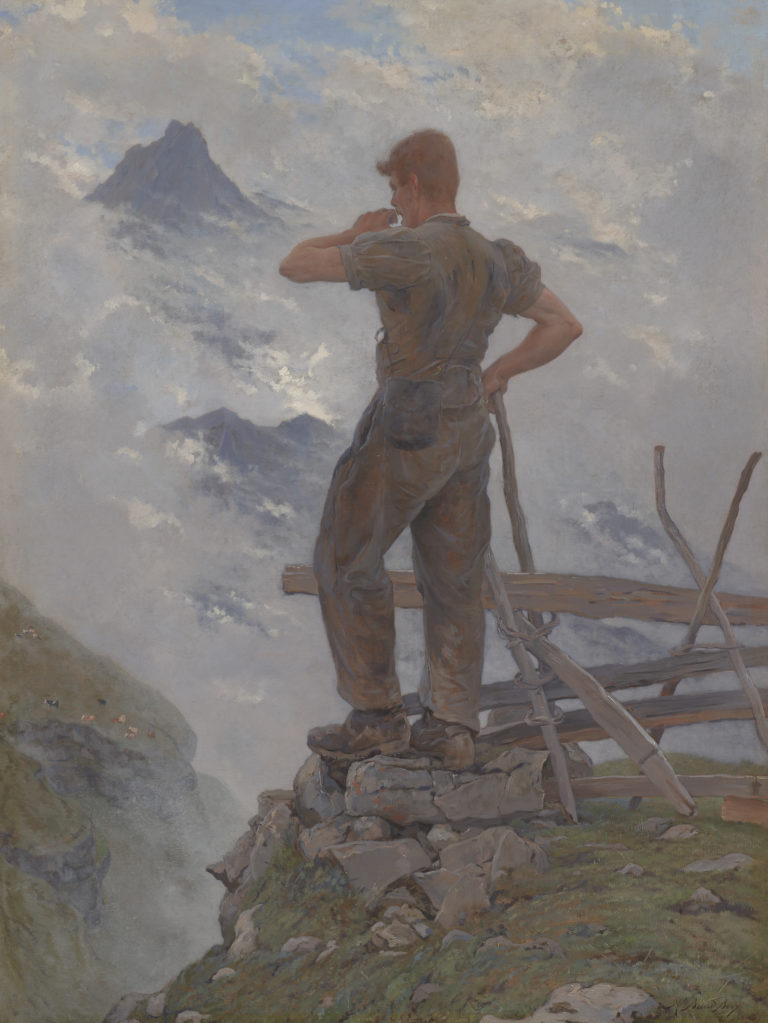Bibliography
Deborah Keller, ‘Judith Albert – Mit tastender Kamera den Bildrändern entlang…,’ Kunstbulletin, n. 3, March 2018: 54-61.
Christoph Vögele and Isabel Zürcher, Judith Albert, exh. cat. Solothurn, Kunstmuseum, Vienne, Verlag für Moderne Kunst, 2017.
Judith Albert, ‘Nu à l’écharpe orange, 2009,’ in Hubertus Gassner, Angelika Affentranger-Kirchrath and Daniel Kope (eds.), Verzauberte Zeit: Cézanne, van Gogh, Bonnard, Manguin. Meisterwerke aus der Sammlung Arthur und Hedy Hahnloser-Bühler, exh. cat. Hamburg, Hamburger Kunsthalle, Petersberg, Michael Imhof Verlag, 2015: 114-115.




From the mid-1990s on, Judith Albert worked with moving images, exploring their potential for capturing subtle variations such as almost imperceptible changes in light, pose and movement, in simple, poetically staged scenes that draw both on art history and her own imagination.
Nu à l’écharpe orange features a woman reclining on a divan draped with purple fabric, one arm thrown back. She seems to be asleep. Her body lies diagonally across the screen, standing out against the turquoise wallpaper. She is naked other than some orange fabric draped across her left hip, on which lies a huge mauve octopus whose tentacles extend across her thighs and torso. The animal follows the calm, regular rhythm of her breathing, the two movements intermittently falling out of synch. Someone can be heard repeating a brief snatch of Erik Satie’s Gnossienne n° 1, stopping and starting again.
The soundtrack not only strengthens the scene’s domestic nature, but also underlines its timelessness and potential to extend to infinity. The static shot, unmoving pose, repeated music and looped display also turn the work into a tableau vivant. And indeed, the work is directly inspired by Félix Vallotton’s Nu à l’écharpe verte (Nude with a Green Scarf, 1914, La Chaux-de-Fonds, Musée des Beaux-Arts). Where Vallotton simply has a green scarf that both hides and reveals the nude woman’s genitals, Judith Albert has changed the colours and brought in an incongruous element in the octopus: the relationship between painter and model has been turned on its head, as the artist in this instance takes both roles. The octopus’ sensual, threatening overtones, inspired by Hokusai’s erotic engraving Kinoe no komatsu (1814), interrupts the viewer’s gaze with a quasi-surrealist juxtaposition of iconographic elements.